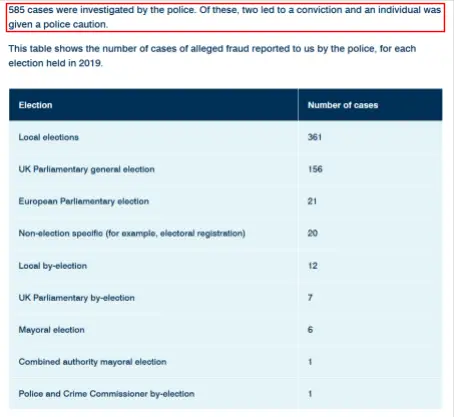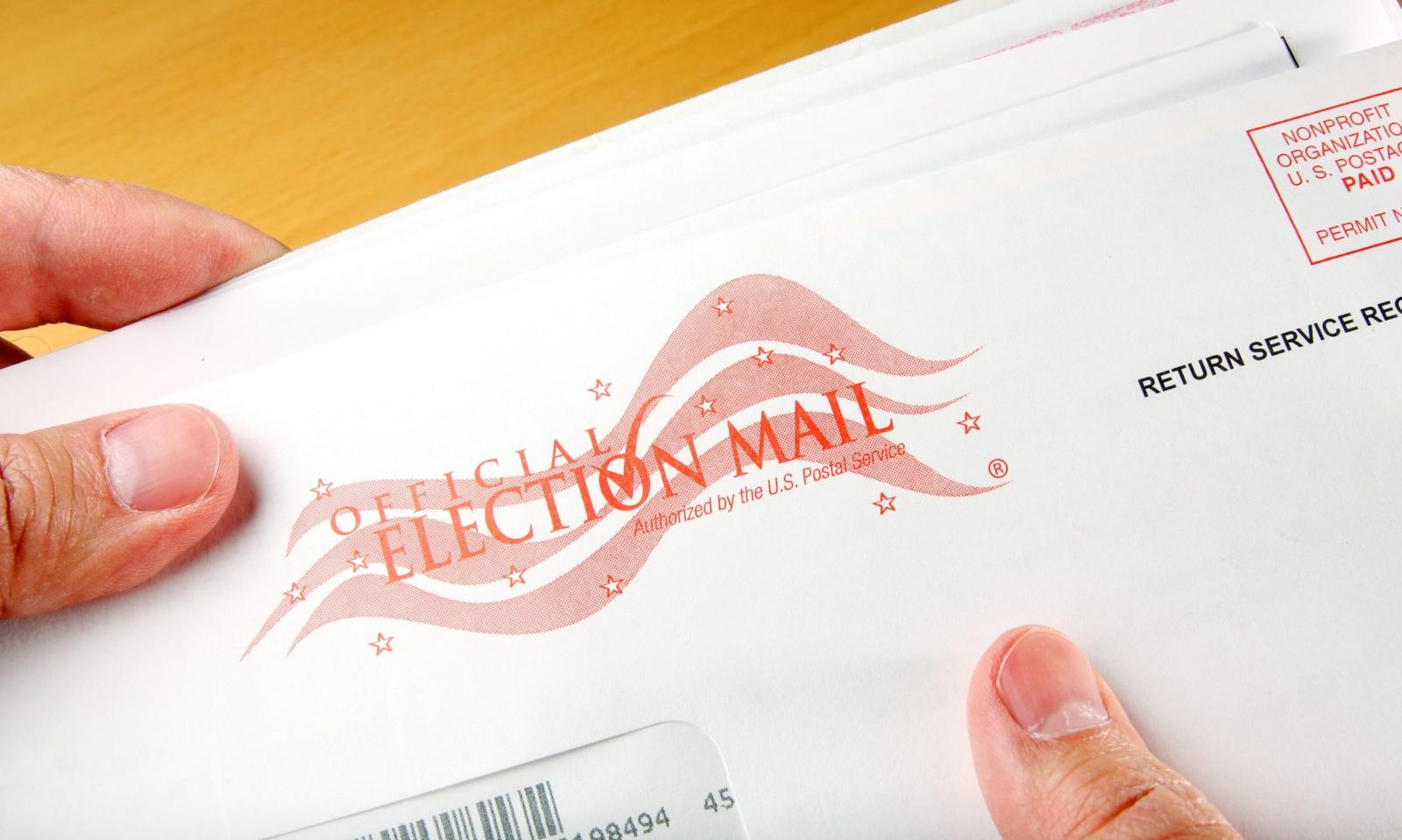Recently, President Trump has stepped up his attacks on voting by mail, suggesting that ballots cast this way will lead to “massive fraud and abuse”, and that it would lead to the “end of our great Republican party.” But if you dig a little deeper, research into voting by mail, as well as examples of past elections, demonstrates that the only thing voting by mail leads to is an increase in the total number of ballots cast.
Twitter took the unprecedented step of marking two tweets from the president regarding his opinions on voter fraud, leading the president to issue an executive order curtailing the power of social media companies to censor information.
https://twitter.com/realDonaldTrump/status/1265255835124539392
But Twitter was right to do this. Not only did the site not actually censor anything (the Tweet is still visible and hasn’t been hidden), all it did was provide a link to thoroughly-researched facts regarding voting by mail.
The UK can provide an example of how to do voting by mail properly. The option to vote by mail is open to everybody who is registered to vote, assuming they request a mail-in ballot in advance of the election, and the ballot is returned in time. Let’s take a look at the cases of voter fraud from the last election the UK held in December 2019.

That top line is the most important part. While 585 cases of electoral fraud were reported in the UK, only two were found to be worthy of conviction.
Those two cases were mail-in voter fraud. Indeed, one of them was committed by a candidate rather than a voter! In this case, an independent candidate at a local election provided a signature for his candidacy from a supporter that he knew was false.
That candidate ended up being elected, but when the conviction came he stood down, was fined £3,000 ($3,700), and was banned from standing for elections for five years.
The other conviction came from a voter who voted twice at the same election. He used his name and his son’s name (thereby casting his son’s vote illegally). He was sentenced to eight weeks in prison, given a fine of £50 ($62) and banned from voting for five years.
Only 19% of these cases had anything to do with voting (the majority came from campaigning), and 51% of all cases were found to require no further action.
There were more cases of incorrect information being given while registering for a postal ballot, than actual mail-in voter fraud.
Some states have soldiered on regardless of what the president thinks about mail-in voting. Oregon, Washington state, Colorado, Utah, and Hawaii conduct their elections entirely by mail. Most of the other states have some form of allowance for mail-in voting.
Only Indiana, West Virginia, Tennessee, Arkansas, and Louisiana do not permit any form of mail-in voting, aside from absentee, but laws vary by state. Texas is currently engaged in a court battle over mail-in absentee voting related to Covid-19.
In the end, voting by mail is a powerful tool to expand the number of people who can vote in an election. Perhaps this is what the president is scared of – more people voting. He has already lost the popular vote once, remember. In these testing times, where social distancing has become the norm, mail-in voting can be a safe and simple alternative to going to the polls. Trump’s fears about voter fraud are not grounded in truth. It seems the only explanation for this paranoia is political.
Donate Now to Support Election Central
- Help defend independent journalism
- Directly support this website and our efforts
